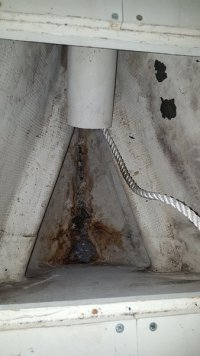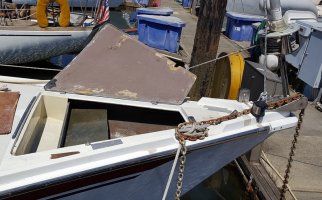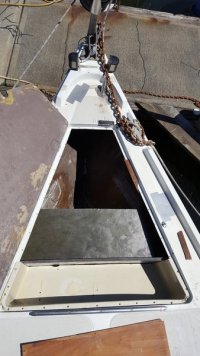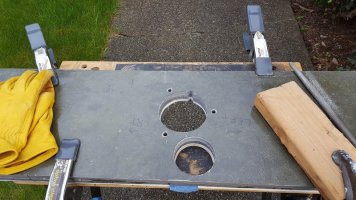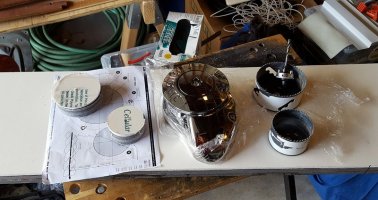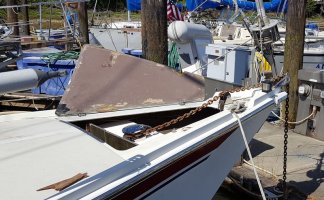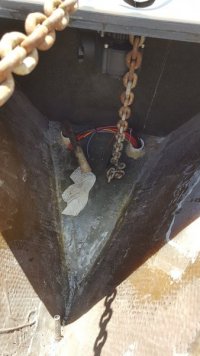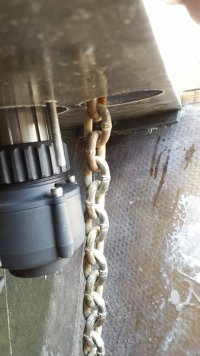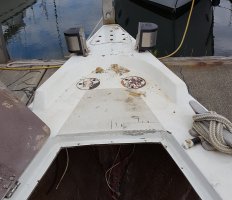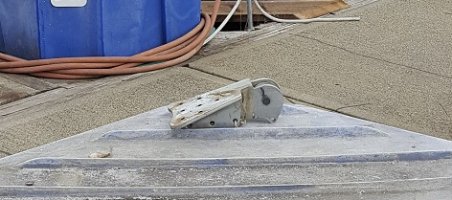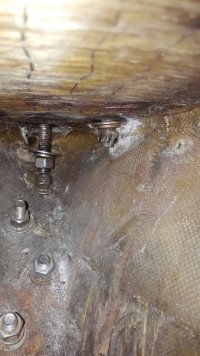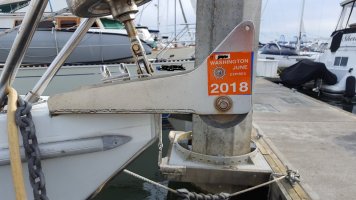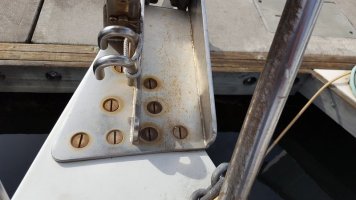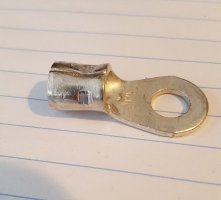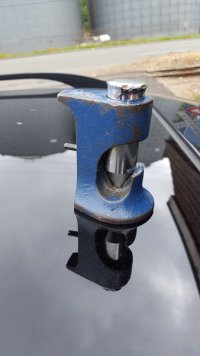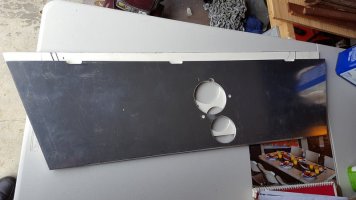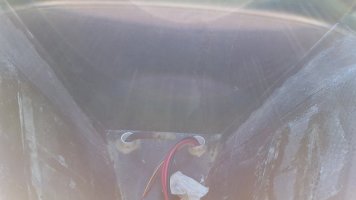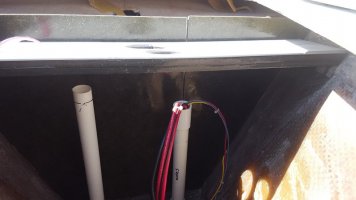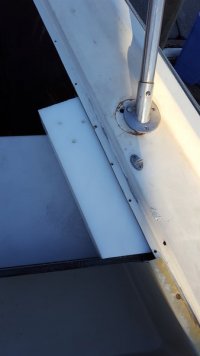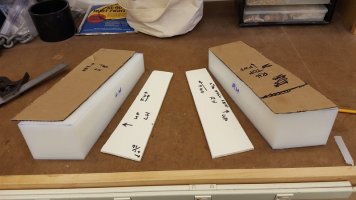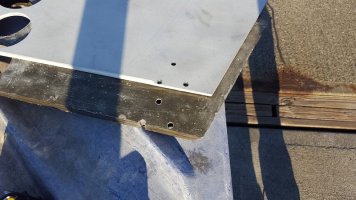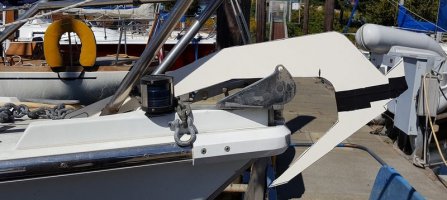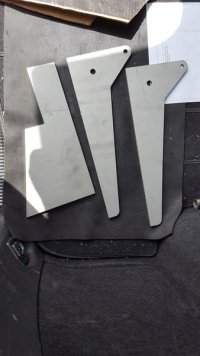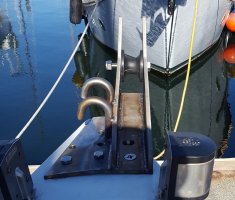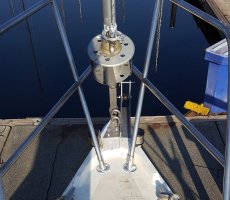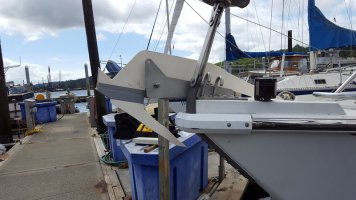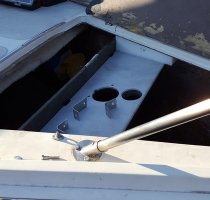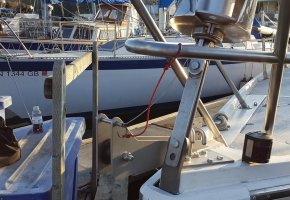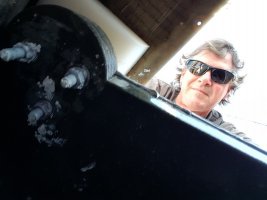When the interior was built out on our boat, there were some major sections molded out (forepeak, settee area, aft berth, head module... that have long fore-n-aft areas that are heavily tabbed to the hull side. This provides strength along the long axis of the hull. On our port side, aft of the head compartment there was a lengthly storage shelf tabbed in (again, top and bottom) to the hull side to provide rigidity all the way aft. On the starboard side which is an open area for the aft cabin berth, they put in a foam blank about 9 feet long, from the back side of the after hanging locker all the way to the end of that berth with it's own tabbed-in bulkhead. That foam is about an inch high (i.e. stands proud from the inside of the hull molding) and about three inches across the base -- kind of a half-oval in shape. Then they ran heaving roving from end to end, and the "unidirectional" strength is fore and aft. At least that is the surface of the glass. All this was covered with glued on fabric, but we removed the lower section of the fabric after we brought out fixer-upper home in '94, due to mold that we could not clean out. This will also be the last major area of our boat to get the same new hull ceiling treatment as we recently finished in the forepeak.
I looked up some boatbuilding terms, and found this:
LONGITUDINALS
Those hull framing members that run the length of the boat (i.e. chine, keel, sheer, battens).
So, this "framing" has nothing to do with the lower hull and keel attachment. Like your Ericson's TAFG, we have an extensive internal "backbone" that lays against the bilge area and carries the keel bolts' weight and torque.
Regards,
Loren
Ok, so the stringers are basically above the waterline or close to it on your Ericson/Olson. What made me curious was the structure I noted in the lower bow area of a 1985 E38 when I was looking at a windlass installation option. The furthest forward open area below the v-berth looks like the attached picture. That is much different than my 1980, which has no stringers and no chain pipe. I have the owner's permission to post the pictures of the full windlass installation so perhaps I'll do that before much longer. It'll add another possibility to the library of windlass options.
